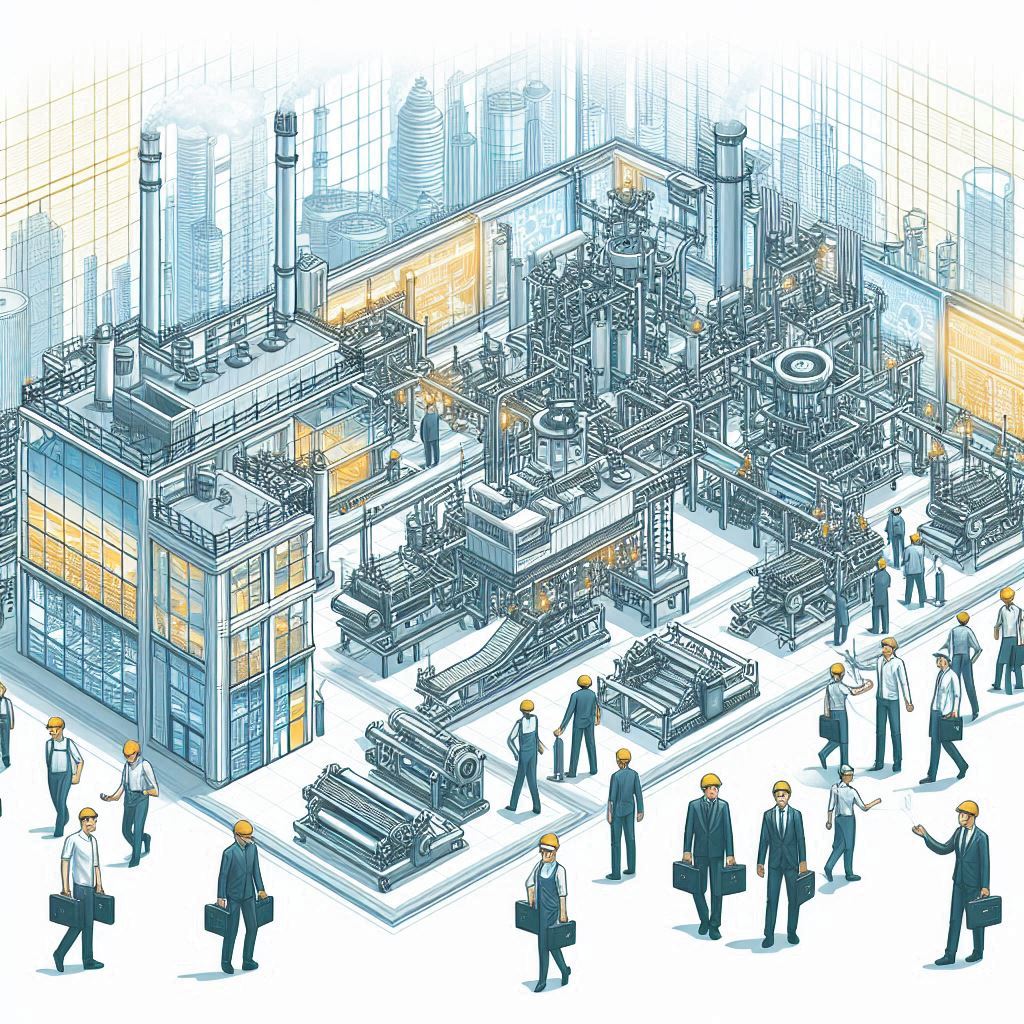The Abstract Factory design pattern in PHP helps developers build families of related objects without tightly coupling their code to specific classes. This is a powerful pattern used in scalable applications where object creation needs to vary depending on the runtime context. In this article, we’ll explore how to use the Abstract Factory pattern in native PHP, why it’s useful, and how to avoid common mistakes.
By the end of this guide, you’ll be able to recognize when to apply this pattern and implement it in a clean, modular, and testable way. The Abstract Factory design pattern in PHP is a cornerstone for developers who aim to write maintainable and decoupled code.
What is the Abstract Factory Design Pattern?
The Abstract Factory pattern provides an interface for creating families of related objects without specifying their concrete classes. Think of it like a factory of factories.
It’s especially useful when:
- Your code must work with various families of related products.
- You want to ensure products from the same family are used together.
- You want to isolate object creation logic from business logic.
Bad Example: Tight Coupling with New Keyword
This code shows how not to implement object creation:
class LightThemeButton {
public function render() {
return "Light Theme Button";
}
}
class DarkThemeButton {
public function render() {
return "Dark Theme Button";
}
}
// Client code hardcoding class usage
$button = new DarkThemeButton();
echo $button->render();
Why it’s bad:
- The code is tightly coupled to
DarkThemeButton. - You can’t easily switch themes without changing the client code.
- It breaks Open/Closed Principle: you can’t extend without modifying.
Good Example: Abstract Factory Design Pattern in PHP
Here’s how to cleanly use the Abstract Factory design pattern in PHP:
1: Define Product Interfaces
interface Button {
public function render(): string;
}
interface Checkbox {
public function render(): string;
}
2: Create Product Implementations
class LightButton implements Button {
public function render(): string {
return "Rendering Light Button";
}
}
class DarkButton implements Button {
public function render(): string {
return "Rendering Dark Button";
}
}
class LightCheckbox implements Checkbox {
public function render(): string {
return "Rendering Light Checkbox";
}
}
class DarkCheckbox implements Checkbox {
public function render(): string {
return "Rendering Dark Checkbox";
}
}
3: Define the Abstract Factory
interface GUIFactory {
public function createButton(): Button;
public function createCheckbox(): Checkbox;
}
4: Concrete Factories
class LightThemeFactory implements GUIFactory {
public function createButton(): Button {
return new LightButton();
}
public function createCheckbox(): Checkbox {
return new LightCheckbox();
}
}
class DarkThemeFactory implements GUIFactory {
public function createButton(): Button {
return new DarkButton();
}
public function createCheckbox(): Checkbox {
return new DarkCheckbox();
}
}
Step 5: Client Code
function renderUI(GUIFactory $factory) {
$button = $factory->createButton();
$checkbox = $factory->createCheckbox();
echo $button->render() . PHP_EOL;
echo $checkbox->render() . PHP_EOL;
}
// Use Dark Theme
$darkFactory = new DarkThemeFactory();
renderUI($darkFactory);
// Use Light Theme
$lightFactory = new LightThemeFactory();
renderUI($lightFactory);
Why it’s good:
- The client depends only on abstractions (
GUIFactory,Button,Checkbox). - Easily switch themes at runtime.
- Fully adheres to SOLID principles.
Abstract Factory Design Pattern in PHP: When to Use
The Abstract Factory design pattern in PHP shines when:
- Your application must support multiple UI kits, themes, or database engines.
- You want to enforce that components from the same “family” are used together.
- You need consistent object creation rules without exposing instantiation logic.
For example, imagine an application that supports both Bootstrap and Tailwind UI components. Using this pattern, you could easily switch between the two by injecting a different factory—no logic changes required in the rendering layer.
Abstract Factory vs Factory Method
It’s common to confuse Abstract Factory with the Factory Method. Here’s the key difference:
| Pattern | Purpose |
|---|
| Factory Method | Creates one product at a time. |
| Abstract Factory | Creates families of related products. |
If you’re only creating one type of object (e.g., only a Button), Factory Method is better. If you’re creating multiple related objects (e.g., Button + Checkbox + Modal), Abstract Factory is more suitable.
Best Practices for PHP Developers
- Keep factories stateless – avoid storing configuration inside factories.
- Use dependency injection to inject the proper factory into client code.
- Avoid hardcoding factory types; use configuration or environment-based selection.
Conclusion
The Abstract Factory design pattern in PHP helps you build scalable and flexible applications by separating object creation from usage. It allows switching between different families of objects without touching the client logic. By using this pattern properly, you ensure that your application stays open for extension but closed for modification—a core principle of clean architecture.
Avoid tight coupling. Embrace the Abstract Factory.
Interested in More Design Patterns?
Discover other powerful patterns like Factory, Strategy, and Observer in this full guide:


